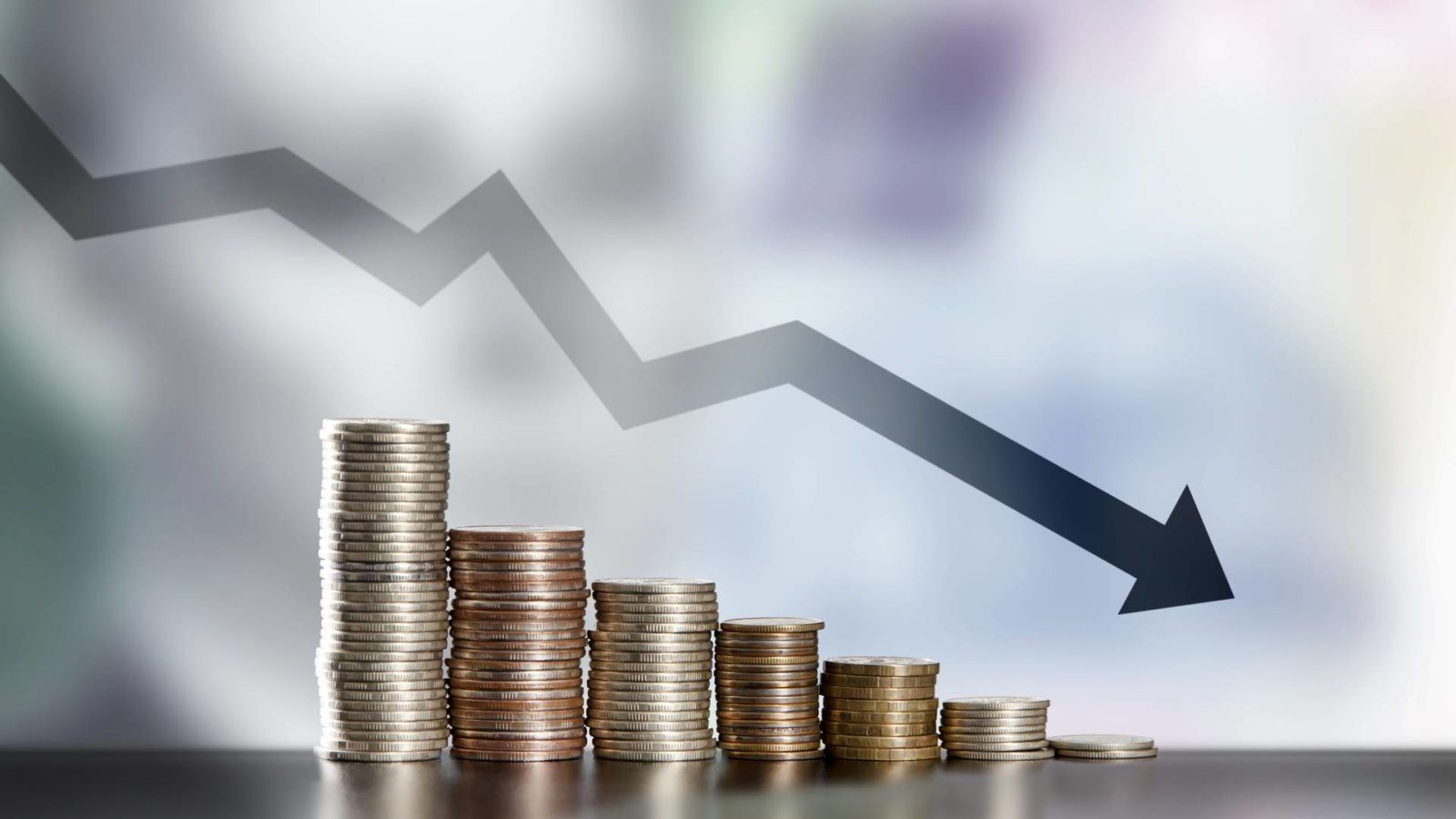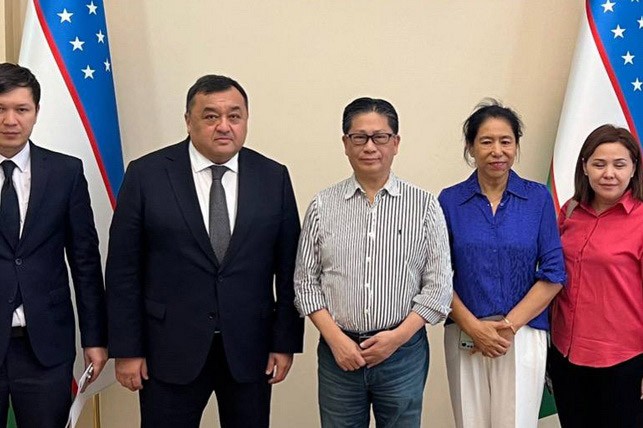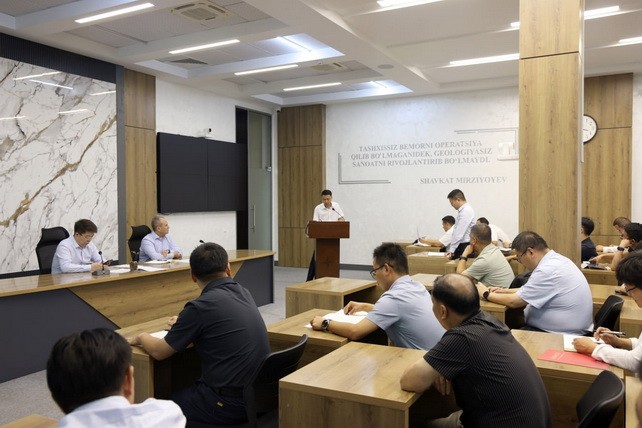According to the National Statistics Committee, in the first half of 2025, the total income of the population of Uzbekistan amounted to 515.9 trillion soums. In real terms, the growth compared to the same period last year was 9.5%. For comparison, in the first half of 2024, this figure reached 11.9%.
The reason for the decline in growth rates is not the deterioration of the economic situation, but a change in the calculation methodology, brought into line with the international standard SNA–2008. In particular, the calculation of gross household income includes the conditional rental value of their own housing, that is, an estimate of how much the homeowner would conditionally "pay themselves" for rent. Since there are no actual transactions, the dynamics of this component is determined by the exchange rate of the national currency and changes in the rental market. The stability of the exchange rate and moderate growth in rental rates led to a decrease in the dynamics of conditional rent, which was reflected in the final indicator of total income.
The average per capita income for the first half of the year amounted to 13.7 million soums. In nominal terms, the growth was 17.7%, in real terms-7.4%. The highest values were recorded in Tashkent (35 million soums), Navoi (20 million), Bukhara (15.9 million) and Tashkent (13.7 million) regions. Below the national average — in Karakalpakstan (9.2 million), Namangan (9.5 million) and Jizzakh (10.2 million). A significant regional differentiation remains in terms of real growth rates: in the capital, it reached 12.8%, while in the Andijan region — only 2.5%.
More than 60% of the total income of the population is formed at the expense of labor activity. Of these, 57% is accounted for by income from small businesses and individual employment. Income from hired labor showed an increase of 21.7%, from self-employment-by 18.1%. Each of these components contributed 6 percentage points to total nominal income. Property income accounts for only 3.4%, reflecting the relatively low level of active household participation in capital markets and financial instruments. The production of goods and services for personal consumption provides 6.6% of total income.
Transfers continue to play a significant role in the income structure-their share has reached 29.4%. Of these, 20.5% are money transfers from abroad, and 8.9% are social payments. The main part of social transfers is occupied by pensions (84.8%), allowances and scholarships make up 13.9% and 1.3%, respectively. In the first half of the year, transfers grew by 24.1% in nominal terms, making them the most dynamic component of total income.
Total income per capita, which is an aggregate indicator of the level of well-being, shows a noticeable heterogeneity both in regional distribution and in the sources of formation. Maintaining a significant contribution of labor income with a low share of capital income indicates the need for more active development of financial literacy, investment activity and diversification of income sources in the long term. Given the continuing impact of transfers, including international transfers, the socio-economic sustainability of individual households remains largely dependent on external factors.















